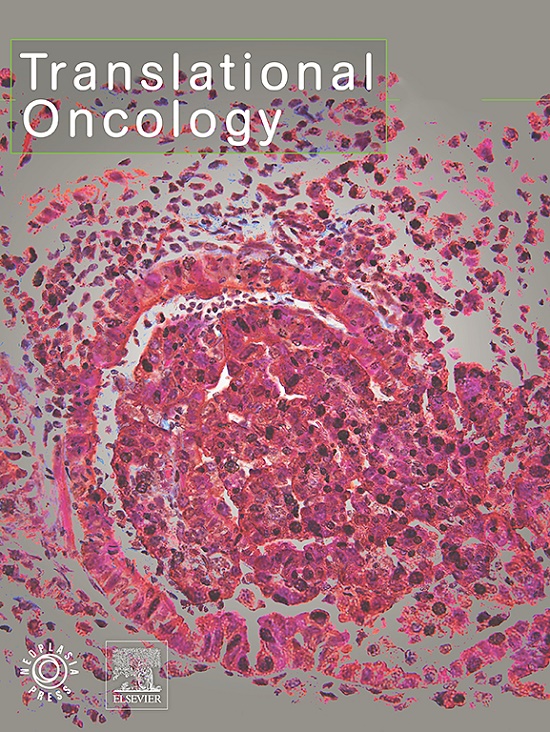Raddeanin A exerts potent efficacy against non-small cell lung cancer by inhibiting cyclin-dependent kinase 6
IF 5
2区 医学
Q2 Medicine
引用次数: 0
Abstract
Purpose
The aim of this study was to investigate the anti-tumor effects and mechanisms of Raddeanin A in NSCLC in vitro and in vivo.
Methods
The effects of Raddeanin A on cell cycle progression, proliferation, migration and invasion of NSCLC were assessed by flow cytometry and cell biological assays in multiple NSCLC cell lines. To identify possible targets of Raddeanin A in NSCLC, we employed a multifaceted approach incorporating network pharmacology, molecular docking, and molecular dynamics simulation, along with additional techniques such as SPR (Surface Plasmon Resonance), Co-IP (Co-Immunoprecipitation), and immunofluorescence. In vivo effects were investigated using a nude mouse xenograft tumor model.
Results
Raddeanin A inhibits NSCLC cell survival, inhibits invasion and migration and causes cell cycle arrest in G1 phase. Raddeanin A impacts NSCLC cellular activity by inhibiting CDK6, leading to anti-tumor effects. Molecular analysis confirms that the tight binding between Raddeanin A and CDK6, facilitated by specific hydrogen bonds at binding sites including VAL-101, HIS-100, GLN-149, LYS-147, THR-182, VAL-180, and ALA-23, stabilizes within the 40–100 ns interval. In a nude mouse xenograft tumor model, Raddeanin A also demonstrated an inhibitory effect on NSCLC tumor growth.
Conclusions
Raddeanin A blocks the cell cycle in G1 phase by inhibiting CDK6. Raddeanin A is expected to be a novel antitumor agent against NSCLC.
求助全文
约1分钟内获得全文
求助全文
来源期刊

Translational Oncology
ONCOLOGY-
CiteScore
8.40
自引率
2.00%
发文量
314
审稿时长
54 days
期刊介绍:
Translational Oncology publishes the results of novel research investigations which bridge the laboratory and clinical settings including risk assessment, cellular and molecular characterization, prevention, detection, diagnosis and treatment of human cancers with the overall goal of improving the clinical care of oncology patients. Translational Oncology will publish laboratory studies of novel therapeutic interventions as well as clinical trials which evaluate new treatment paradigms for cancer. Peer reviewed manuscript types include Original Reports, Reviews and Editorials.
 求助内容:
求助内容: 应助结果提醒方式:
应助结果提醒方式:


